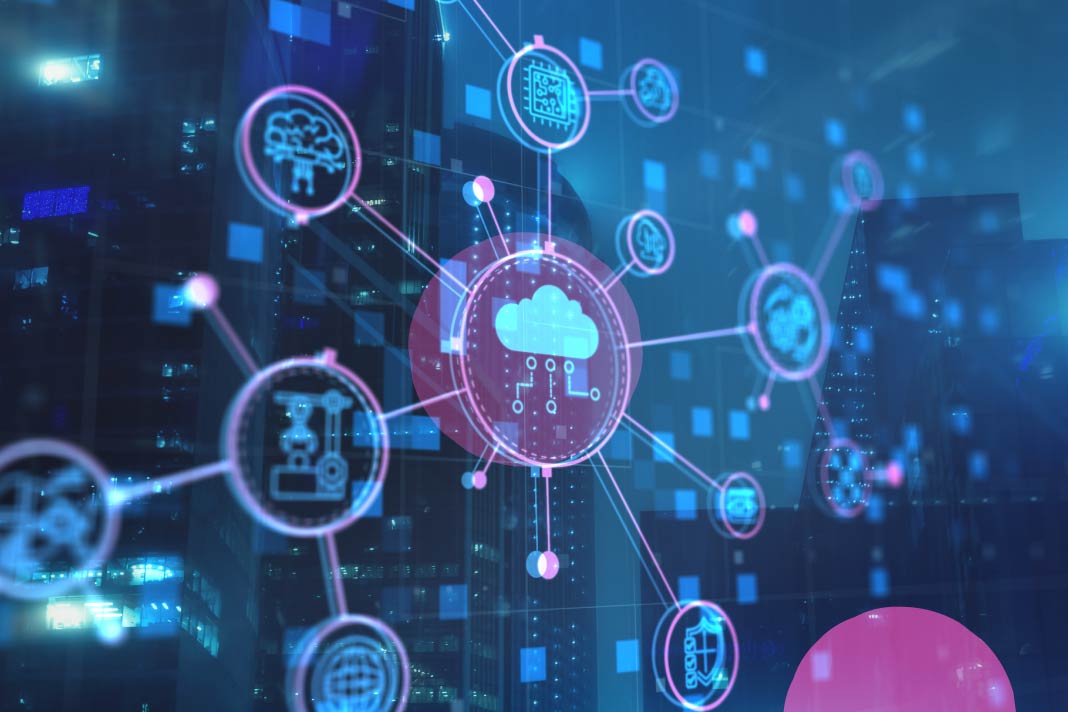Businesses have benefited greatly from the IoT. Many business leaders think IoT initiatives are set up to help them make better business decisions.
The world is adapting to a new normal and bracing for the next normal, making businesses increasingly reliant on digital technology. Before the pandemic, organizations developed Internet of Things (IoT) strategies to create smart, data-driven products, operations and services, but few reached widespread adoption. With today’s challenges, businesses focus more on implementing full-fledged IoT solutions. However, it has been challenging.
A noteworthy finding is what Forrester calls the five key levers for quickly scaling up IoT pilots. Through effective executive team commitment and support for the necessary planning, technology, skills, and execution of IoT initiatives, each lever was assessed for its capacity to move IoT initiatives past the pilot phase rapidly.
- Organizational Enablement
- Infrastructure/technology
- Integration
- Strategy
- Data/analytics
Data/analytics was rated as least impactful, but it is here that the greatest value can be found. However, upon closer examination, this is understandable, even inevitable. Data/analytics requires the greatest level of IoT maturity, so its impact is beginning to be felt. Businesses with the other four foundational pieces can create a productive link between analytics and massive IoT datasets.
Making the most of IoT Data Intelligence
IoT data analytics can be used to create always-aware operations, products, and services through the following examples:
- Grundfos, a manufacturer of water pumps for industrial and consumer use had a problem. Due to its long-lasting and reliable products, the company lost sales. From a pump manufacturer to a leader in sustainable water and intelligence delivery, this company was the first to integrate electronics and remote monitoring. A platform built on Microsoft Azure by Cognizant enabled the company to gather structured and unstructured data from 16 million pumps annually, allowing the company to perform analytics at the edge while sharing meaningful data securely in the cloud.
- The global operations of a consumer product manufacturer were overhauled. Data analytics were only supported on a few of the company’s assets, and it needed more visibility into even basic production metrics. Communication and coordination between facilities could have been improved. Cognizant helped the company implement an industrial Internet of Things (IIoT) data platform to collect data from sensor-equipped equipment and systems and create dashboards for managers to monitor production machinery in over 100 manufacturing facilities.
Founded on a hub facility where modern industrial process management software validates IIoT solutions on a real-world scale before being pushed to global operations, ensuring product quality, improving productivity, and creating new efficiencies. Aside from exploratory and testing processes, the IoT nerve center enables the organization to pilot solutions that drive ROI and enable real-time troubleshooting and showcase and prototype new, practical solutions.
What is the impact of IoT?
To gain a competitive advantage, every firm needs to use, analyze and then integrate their data into existing processes in the most meaningful ways possible. From reaching a new market to optimizing operations and boosting business performance, IoT can help an organization. The more organizations deploy IoT, the more Data Intelligence needs to be incorporated. IoT Data Intelligence will enhance the user experience across many industries.
Using smart data analytics and visualization will assist in predictive maintenance, which facilitates avoiding downtime and embracing operative efficiency. IoT Data Intelligence is essential for generating value from IoT deployments and can provide insights from bigger organizations.



